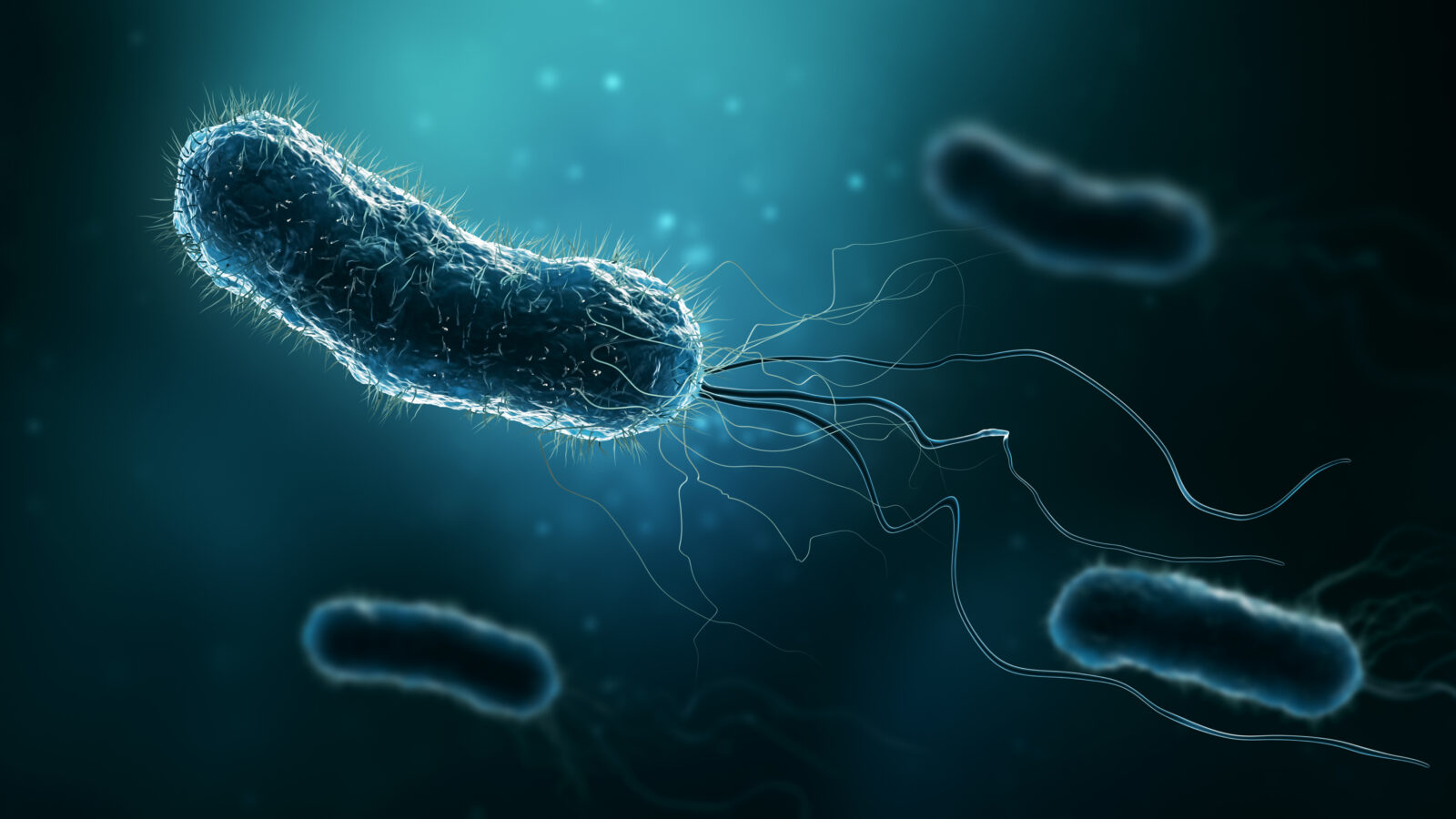


A PhD Evolutionary Biologist on Why He Embraces Intelligent Design
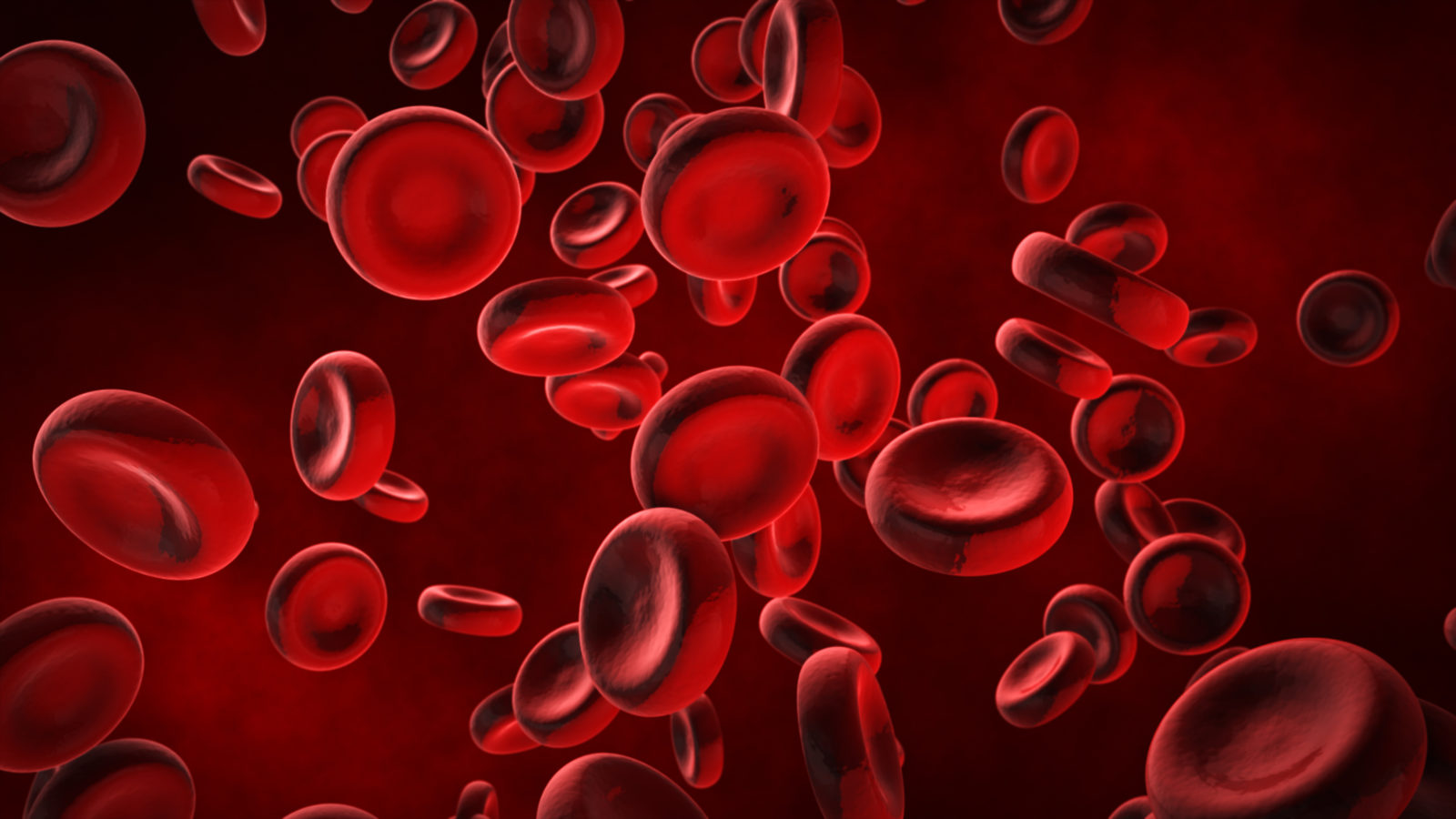
BEHE COUNTERS THE BEST OBJECTIONS TO IRREDUCIBLE COMPLEXITY AND ID, PT. 2

Irreducible complexity, bacterial flagellum and the Type III Secretory System
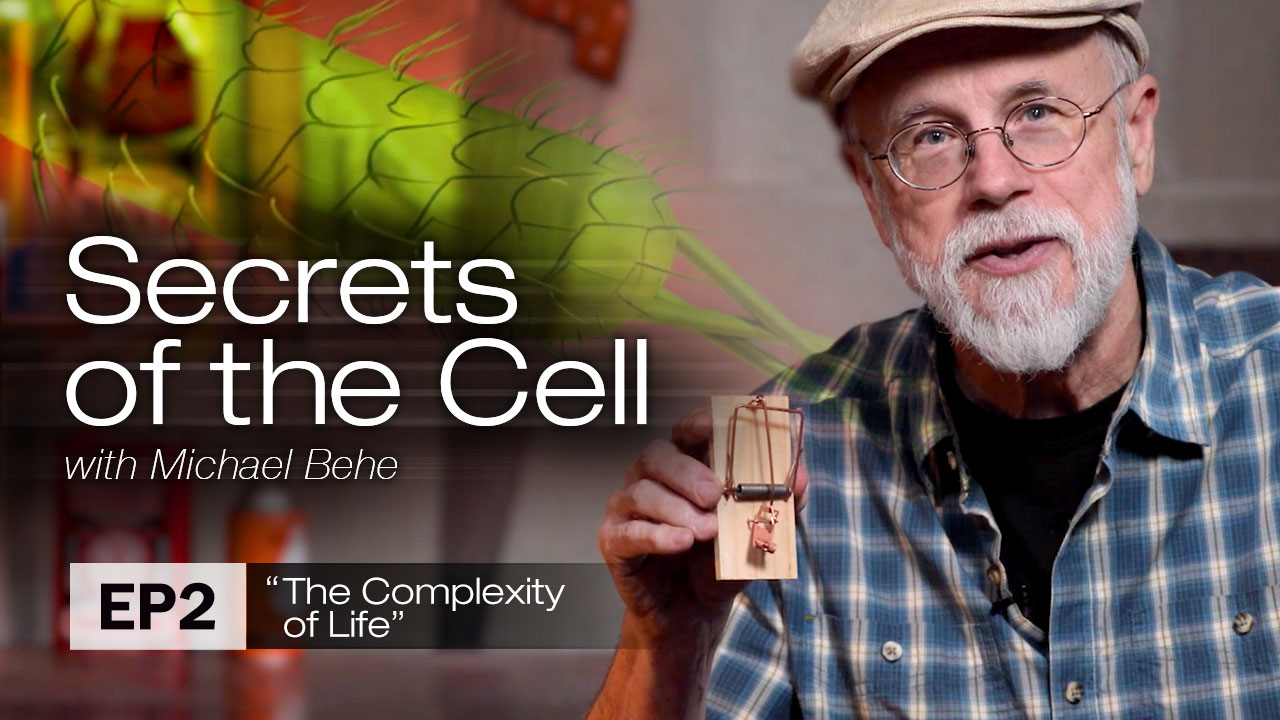
Secrets of the Cell, Episode 2: The Complexity of Life
Join biochemist and bestselling author Michael Behe as he explores “reducible” and “irreducible” complexity at the foundation of life in Episode 2 of his series “Secrets of the Cell.” Further Exploration Use the links below to explore more about the issues raised in this episode. More about Michael Behe WEBSITE: MichaelBehe.com More about Irreducible Complexity WEB PAGE: “What Is Irreducible Read More ›
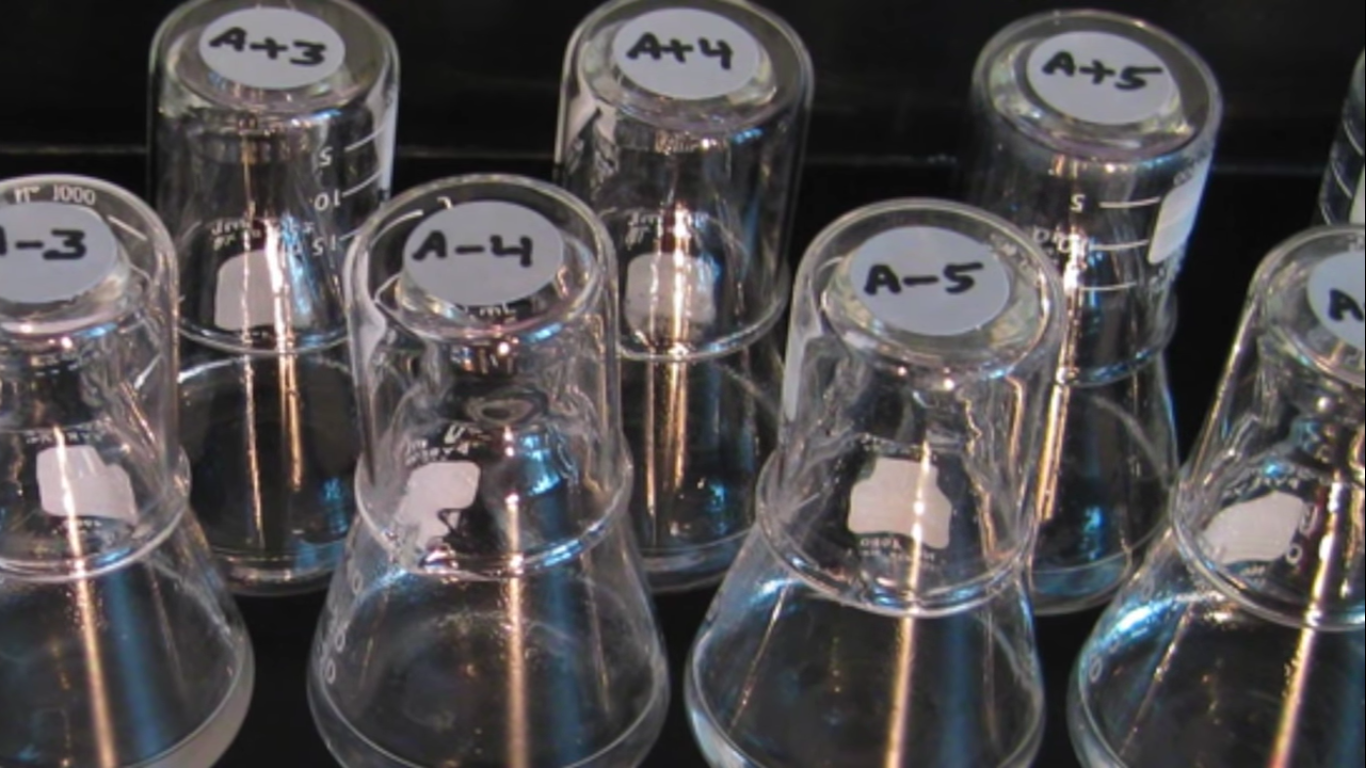
Can the Theory of Evolution be Simulated through Lab Experiments?
Michigan State University biologist Richard Lenski tests evolution and random mutations acting on natural selection to determine what evolution can do. He has experimented with bacteria to see what new functions can evolve just through random mutations acting on natural selection. Biologist Michael Behe has found that there are severe limitations to getting the coordinated mutations that natural selection needs Read More ›
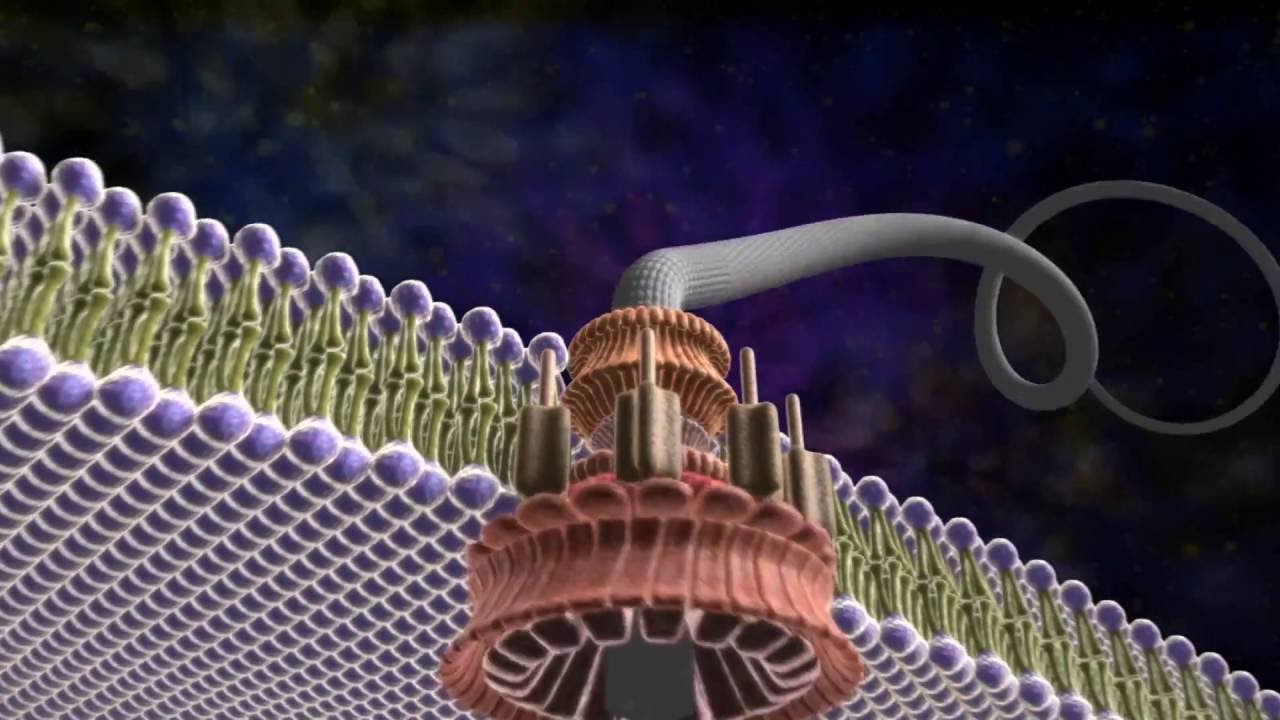
Amazing Flagellum
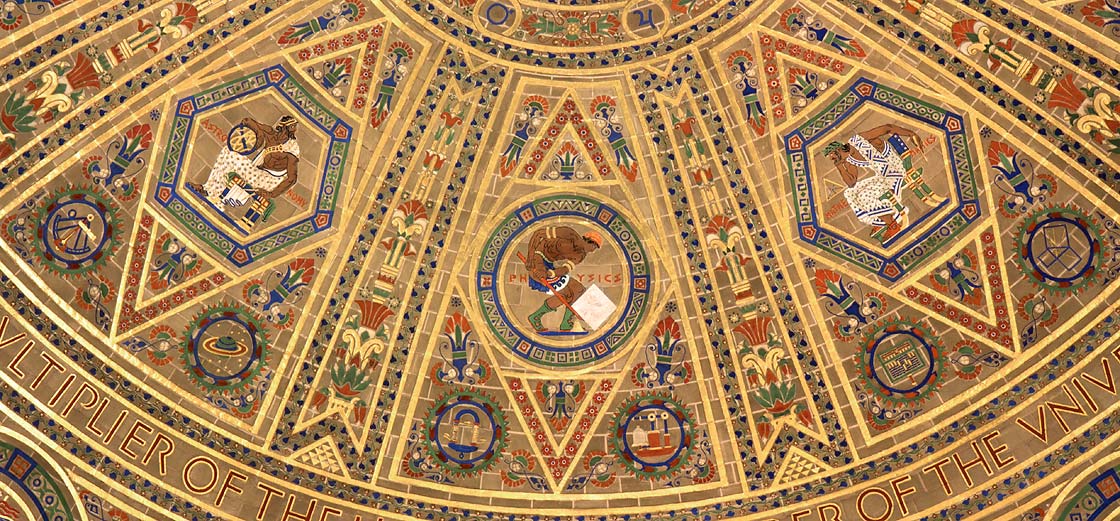
The Facts about Intelligent Design
A 1982 poll found that only 9% of Americans believed that humans developed through purely natural evolutionary processes. Two years later, the U.S. National Academy of Sciences (NAS) issued its first Science and Creationism booklet, stating that science and religion occupy "separate and mutually exclusive realms." 1Public skepticism of evolution remained high — a 1993 poll found that only 11% of Americans believed that humans developed through purely natural evolutionary processes.
Read More ›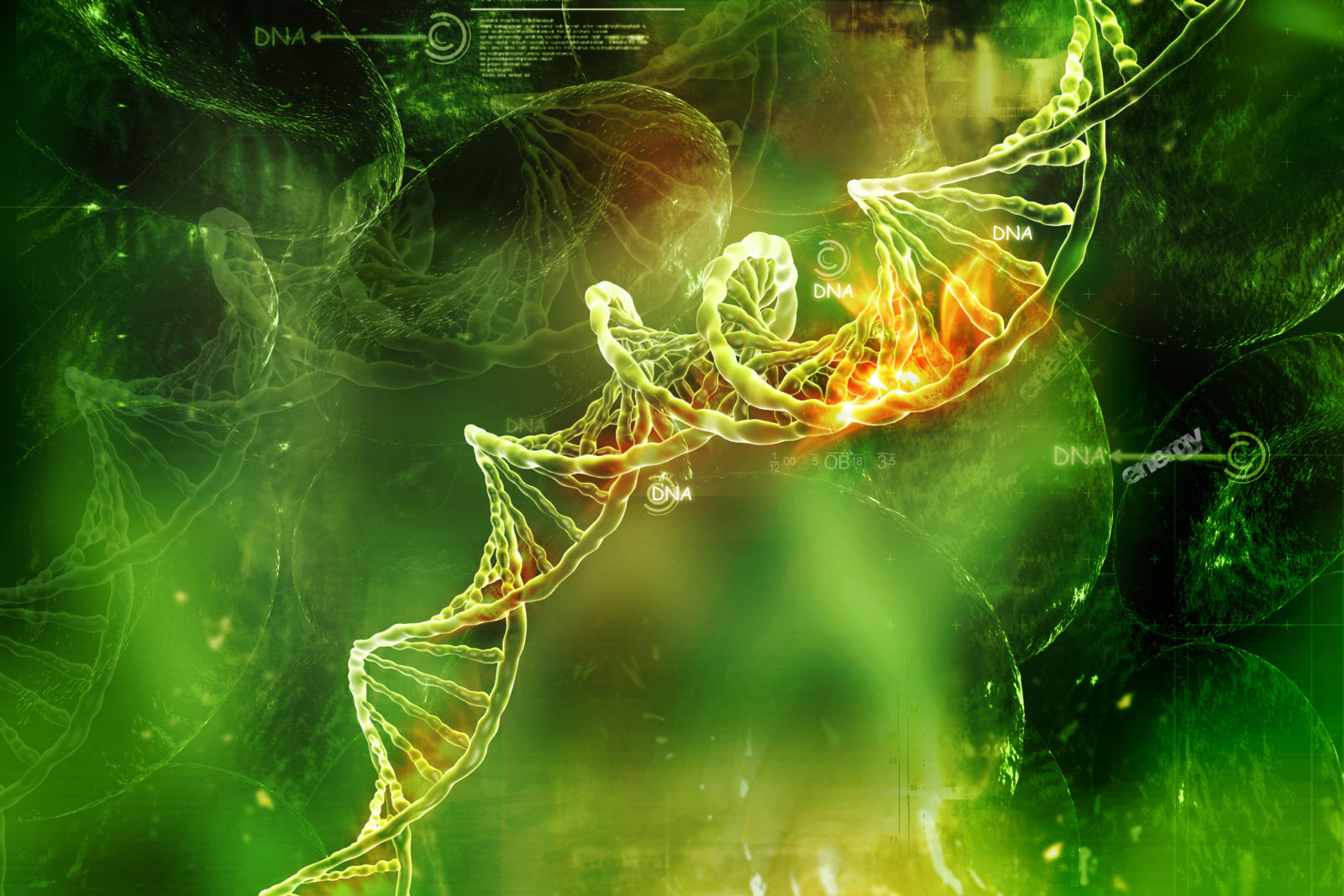
Sean Carroll Fails to Scale The Edge of Evolution: A Rebuttal to Sean Carroll’s Anti-ID Book Review in Science
[Editor’s Note: This article originally appeared as a four-part series on Evolution News and Views, as Part 1, Part 2, Part 3, Part 4.] Introduction A few months ago I posted a review of Sean B. Carroll’s book The Making of the Fittest: DNA and the Ultimate Forensic Record of Evolution, the book in which biologist Sean B. Carroll intimates Read More ›
